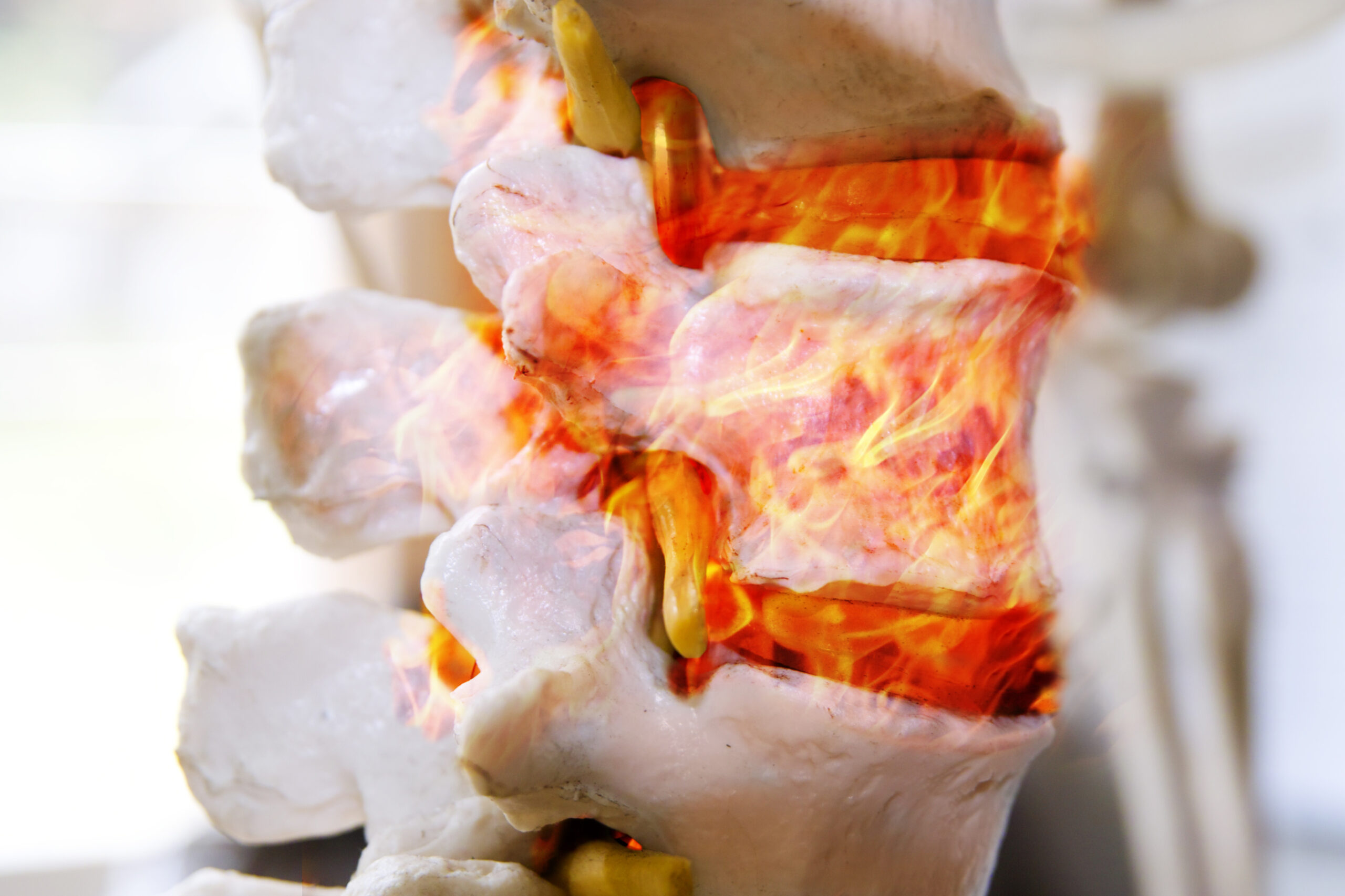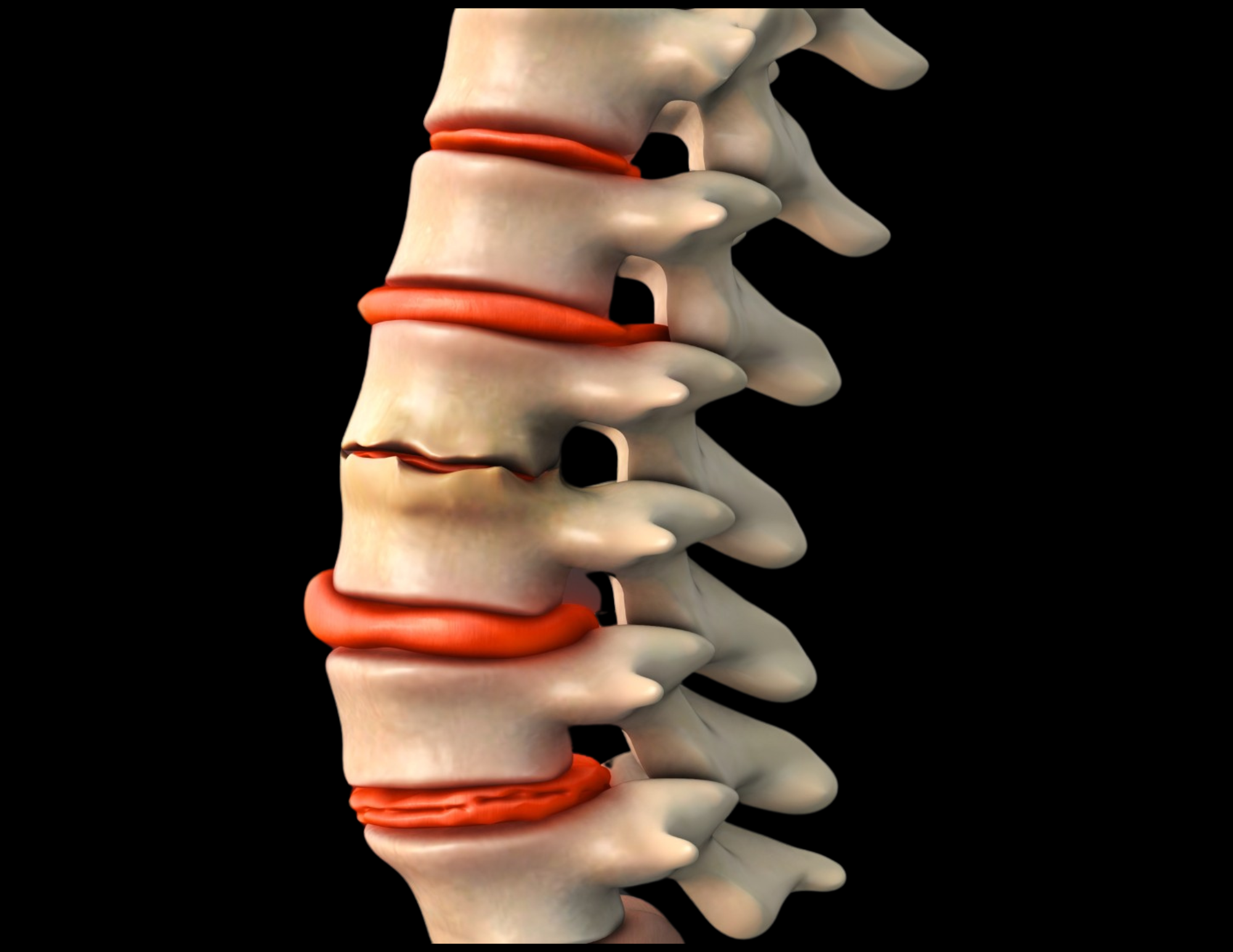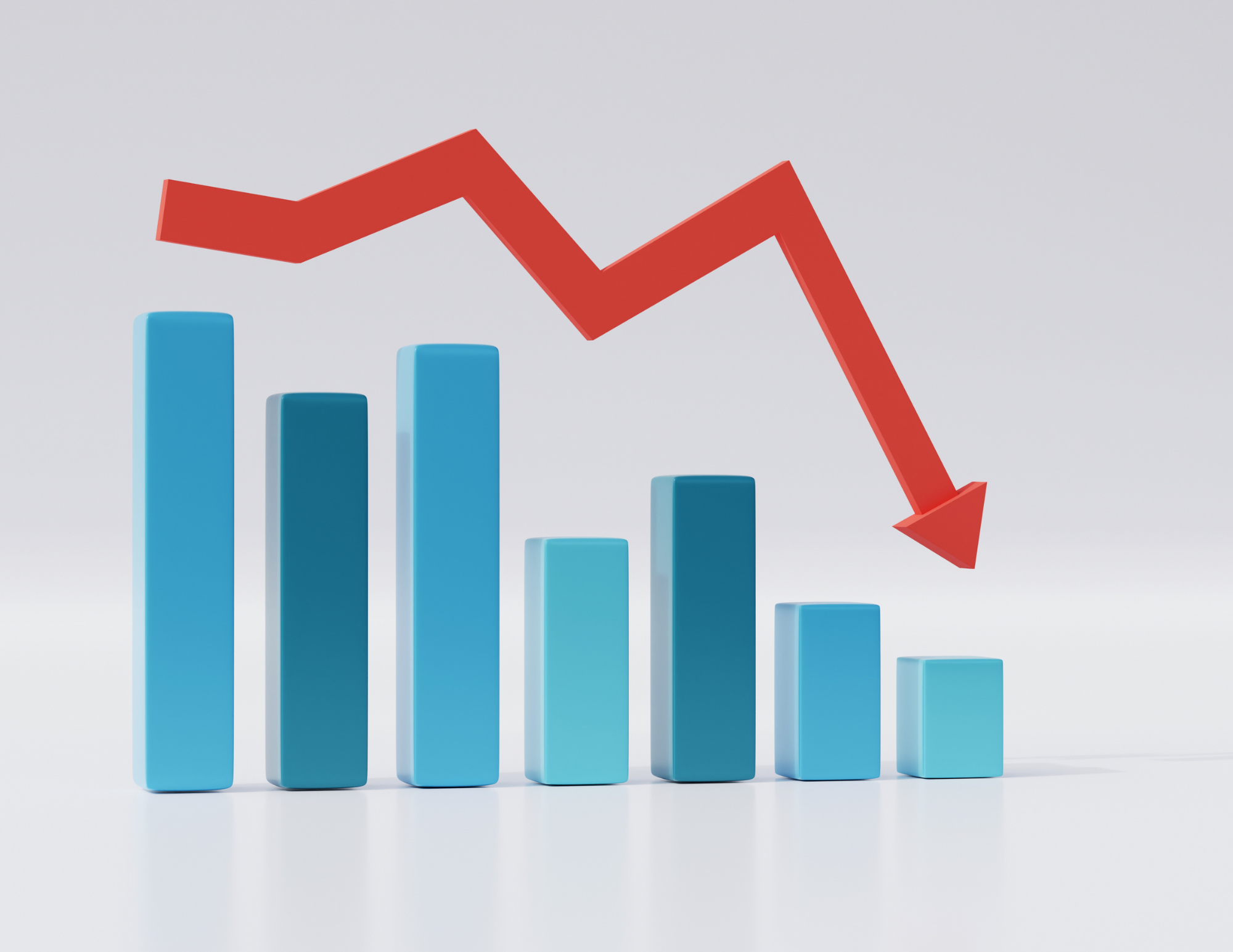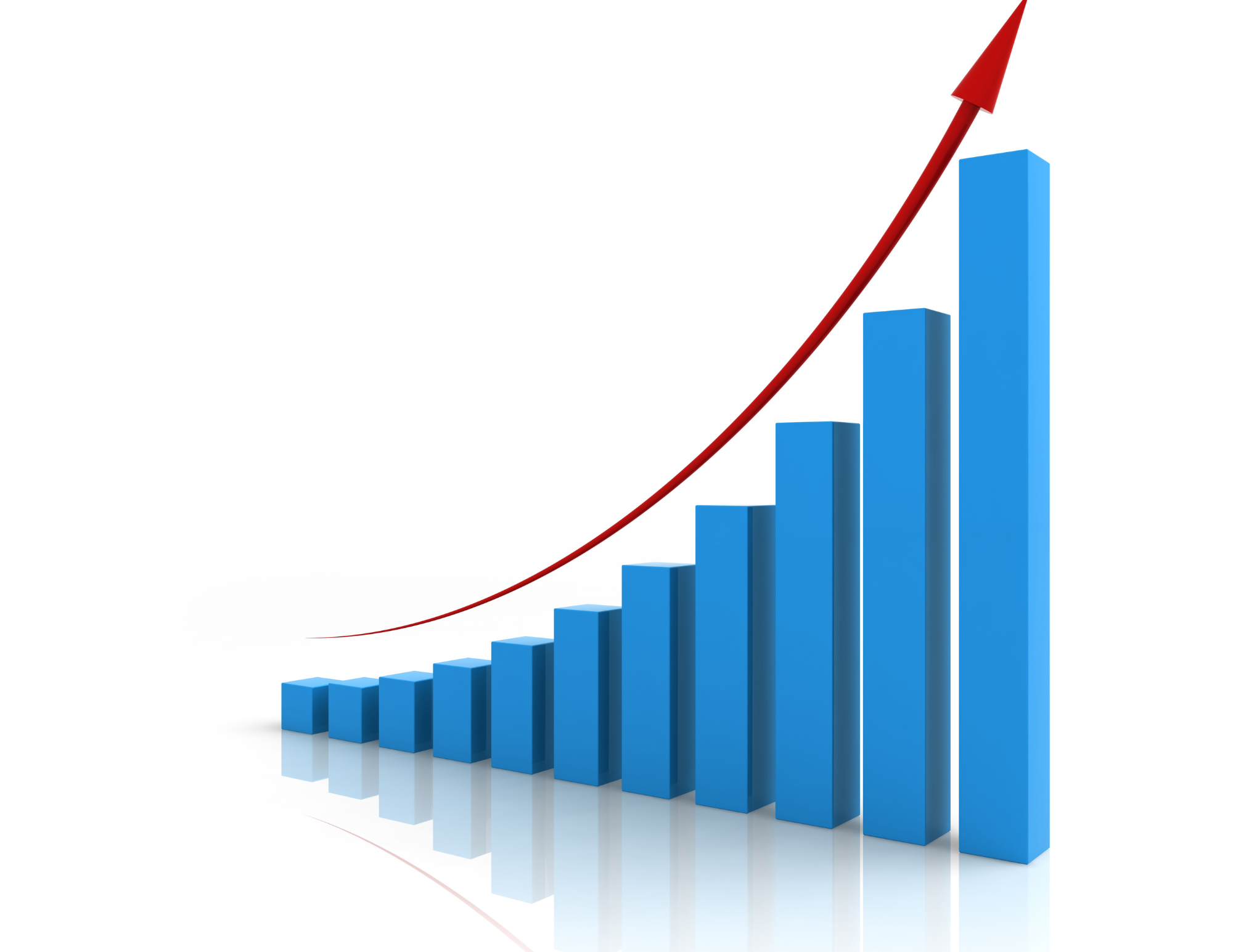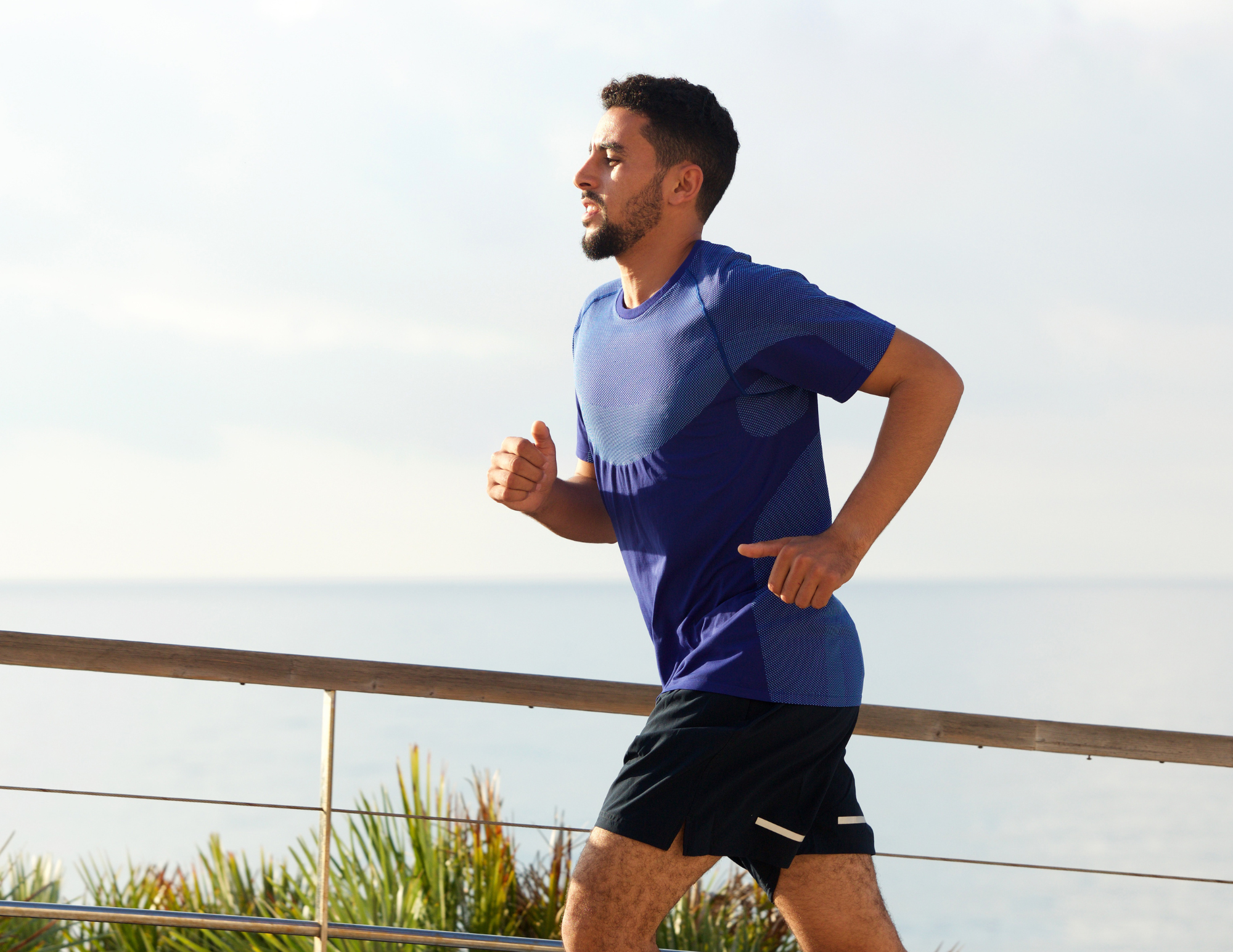Spinal Decompression in Roseville, CA
a non-surgical solution to disc and spine health.
Integrative therapies for better health.
Discover the Benefits
Unlock optimal spine health with proven benefits in Roseville.
Why Choose Us
4 Reasons Patients Love The Back On Track Experience.

No Scary Restraints or Belts
Unlike yesterday’s treatment solutions, Back on Trac offers therapy without all those cumbersome restraints and belts that patients hate.

Lasting Relief Through All Areas
Therapy is delivered through gentle stretching of the spine, joints, and a wide range of important muscles, including those in the back, neck, hips, and thighs.

Non-Invasive and Effective
Any time an effective solution can be found for chronic back pain, patients rejoice!

It Feels great
Patients start out seated and are gently leaned back with the benefits of vibration, which puts patients in a relaxed state of mind and body!
Schedule Your Appointment
Discover the benefits of Spinal Decompression: unlock optimal spine health, reduce pain and inflammation, support disc injuries.
Common Conditions
decompression can help with many different conditions.
herniated or bulging discs
Herniated or Bulging Discs
Spinal decompression is an effective, non-invasive treatment for herniated or bulging discs. By gently stretching the spine, it reduces pressure on the affected discs, allowing them to retract and relieve pressure on nearby nerves. This process not only alleviates pain but also promotes the flow of oxygen, water, and nutrient-rich fluids into the discs, enhancing the body’s natural healing process. For individuals suffering from chronic back pain due to disc issues, spinal decompression offers a safe and targeted way to restore mobility and improve quality of life without the need for surgery.
Herniated and bulging discs progress through different stages. In the early stage, known as disc degeneration, the disc begins to weaken but may not yet bulge or herniate. As it progresses, the disc may bulge outward, but the inner disc material (nucleus pulposus) remains intact, causing localized pain and pressure on nearby nerves. A herniated disc represents a more advanced stage, where the inner disc material breaks through the outer layer, potentially compressing nerve roots and causing more severe pain, numbness, or weakness. Understanding these stages helps tailor treatment options, such as spinal decompression, to the severity of the condition.

spinal degeneration
Spinal Degeneration
Spinal decompression therapy is a non-invasive treatment that can significantly aid in managing spinal degeneration. As the spine undergoes wear and tear over time, the intervertebral discs can lose their cushioning ability, leading to conditions such as herniated discs, spinal stenosis, and degenerative disc disease. Spinal decompression works by gently stretching the spine, which creates negative pressure within the discs. This negative pressure can help retract bulging or herniated discs, reduce pressure on the spinal nerves, and restore proper alignment. By improving the space between vertebrae and allowing nutrients, oxygen, and fluids to flow back into the discs, spinal decompression promotes healing and can slow the progression of spinal degeneration.
Spinal degeneration typically progresses through several stages, each characterized by increasing levels of damage and discomfort. In the early stages, there may be minimal symptoms, with mild disc dehydration and slight loss of disc height, often going unnoticed. As degeneration advances, the discs may become more dehydrated and start to bulge, causing intermittent pain and stiffness. In the moderate stage, significant disc height loss, herniation, and nerve impingement may occur, leading to chronic pain, numbness, and weakness in the extremities. The final, severe stage is marked by extensive disc damage, severe pain, and possible spinal stenosis, where the spinal canal narrows, putting intense pressure on the spinal cord and nerves. At this stage, mobility can be severely limited, and surgical intervention may be necessary. Spinal decompression can be especially beneficial in the early to moderate stages, helping to alleviate symptoms and slow further degeneration.

sciatica & pinched nerves
Sciatica and pinched nerves
Spinal decompression is an effective treatment for sciatica, a condition characterized by pain radiating along the sciatic nerve, which runs from the lower back down to the legs. This non-surgical therapy gently stretches the spine, relieving pressure on the spinal discs and nerves, including the sciatic nerve. By creating negative pressure within the discs, spinal decompression allows herniated or bulging discs to retract, reducing nerve compression that causes sciatica pain. Additionally, it promotes the flow of oxygen and nutrients to the affected areas, aiding in the healing process and providing long-term relief from pain, numbness, and tingling associated with sciatica. This targeted approach not only alleviates symptoms but also addresses the underlying cause of sciatica, helping patients regain mobility and improve their quality of life.
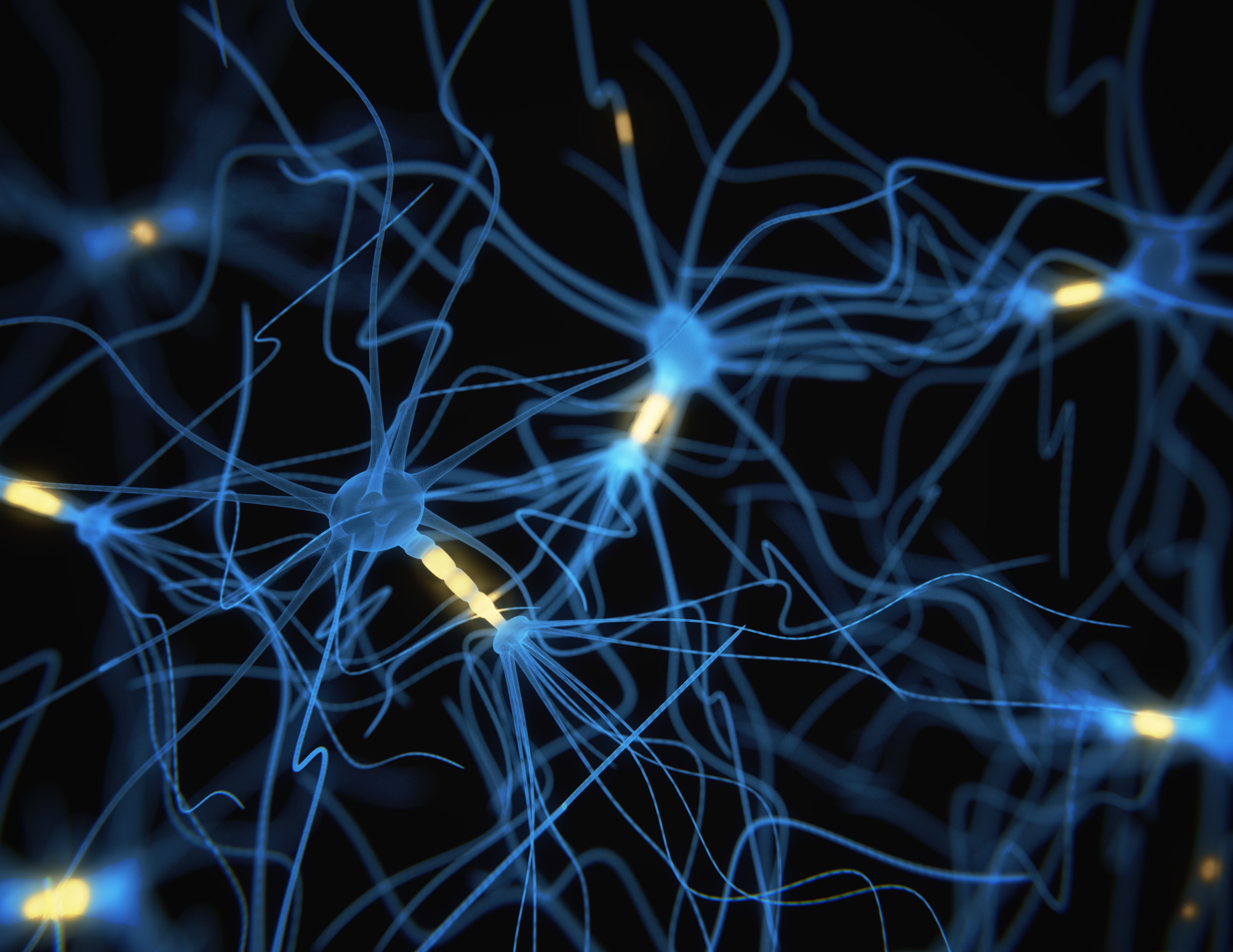
spinal stenosis
Spinal Stenosis
Spinal decompression is a non-surgical therapy that can significantly alleviate the symptoms of spinal stenosis, a condition characterized by the narrowing of the spinal canal, which can compress nerves and cause pain, numbness, or weakness. By gently stretching the spine, spinal decompression creates negative pressure within the discs, encouraging the retraction of herniated or bulging discs that may be pressing on the spinal cord or nerves. This process not only reduces pressure on the affected areas but also promotes the flow of oxygen, water, and nutrient-rich fluids into the discs, aiding in healing and reducing inflammation. Over time, regular spinal decompression therapy can relieve pain, improve mobility, and enhance the overall quality of life for individuals suffering from spinal stenosis.
Spinal stenosis can occur at varying levels of severity, which are typically categorized as mild, moderate, and severe. Mild stenosis generally involves minimal narrowing of the spinal canal, often causing only occasional discomfort or slight limitations in mobility. Individuals with mild stenosis may not experience significant symptoms and can often manage their condition with conservative treatments like physical therapy or lifestyle modifications. Moderate stenosis involves a more noticeable narrowing, leading to more consistent pain, numbness, or weakness, particularly during activities such as walking or standing for extended periods. This level of stenosis may require more targeted interventions, such as spinal decompression, to manage symptoms effectively. Severe stenosis is the most critical level, where the spinal canal becomes significantly narrowed, leading to substantial nerve compression and potentially debilitating symptoms. At this stage, patients often experience severe pain, weakness, or loss of function in the affected areas, and may require more aggressive treatments, including spinal decompression, steroid injections, or even surgery, to alleviate symptoms and improve quality of life.

facet syndrome
Facet Syndrome
Spinal decompression therapy is an effective treatment for facet syndrome, a condition characterized by inflammation and pain in the small joints (facets) that connect the vertebrae in the spine. This non-invasive therapy gently stretches the spine, creating negative pressure within the spinal discs, which can help reduce pressure on the facet joints. By alleviating the stress on these joints, spinal decompression can relieve the pain and inflammation associated with facet syndrome, allowing for better mobility and a more significant healing environment. Regular sessions can help restore proper alignment and reduce the recurrence of pain by addressing the root cause of the discomfort.
Facet syndrome can affect different levels of the spine, with symptoms and severity varying depending on the region involved. Cervical facet syndrome occurs in the neck region, often causing localized pain that can radiate to the shoulders, arms, and even the head, leading to headaches. Thoracic facet syndrome affects the mid-back, resulting in stiffness and discomfort that may radiate around the ribcage, sometimes mimicking chest pain. Lumbar facet syndrome, the most common type, occurs in the lower back and can cause significant pain that may extend into the buttocks, hips, and legs, often worsening with movement or prolonged sitting. Understanding the specific level of facet syndrome is crucial for targeted treatment, as the symptoms and underlying causes can vary widely across different spinal regions.
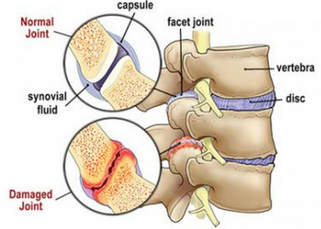
chronic back pain
Chronic Back Pain
Spinal decompression is a non-invasive therapy designed to alleviate chronic back pain by gently stretching the spine, reducing pressure on the spinal discs, and promoting the flow of oxygen, water, and nutrient-rich fluids into the affected areas. This process can help retract bulging or herniated discs, relieve nerve compression, and enhance overall spinal alignment, providing significant pain relief and improving mobility. For those suffering from chronic back pain, spinal decompression offers a targeted solution that addresses the root causes of discomfort rather than just masking the symptoms, leading to long-term improvements in spinal health and quality of life.
Back pain can manifest in various regions of the spine, each with its unique causes and characteristics. Upper back pain typically involves the thoracic spine and may result from poor posture, muscle strain, or injuries related to the shoulders and neck. Lower back pain is more common and often involves the lumbar spine, which bears much of the body's weight and is susceptible to conditions like disc degeneration, herniation, or sciatica. Mid-back pain affects the area between the shoulder blades and can be caused by muscle irritation, joint dysfunction, or underlying issues such as scoliosis. Understanding the specific location of back pain is crucial for accurate diagnosis and effective treatment, as different regions may require different therapeutic approaches.
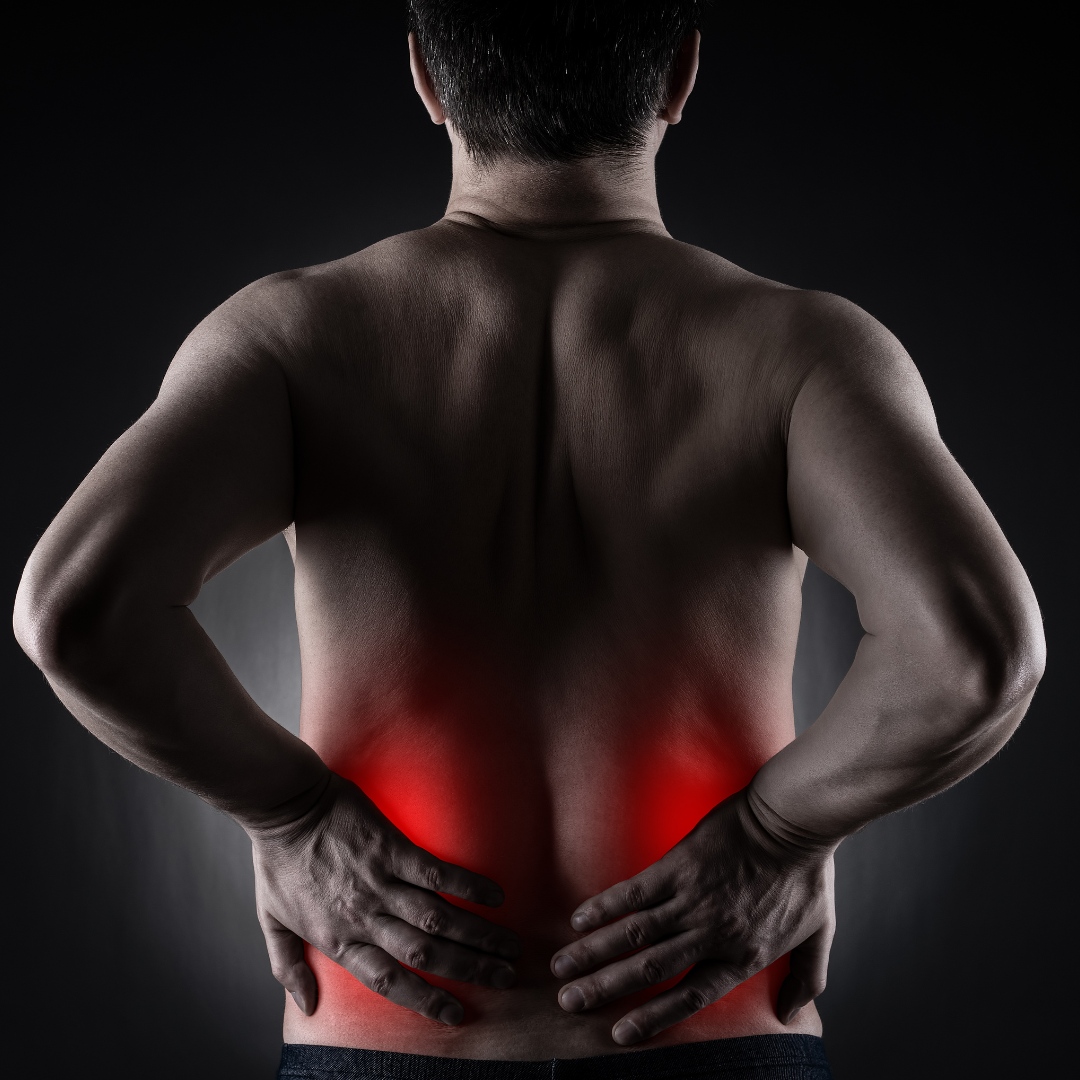
post-surgical back pain
Post-Surgical Back Pain
Spinal decompression therapy can be a highly effective treatment for individuals experiencing post-surgical back pain. After spinal surgery, scar tissue, inflammation, and changes in spinal alignment can lead to persistent discomfort and restricted mobility. Spinal decompression works by gently stretching the spine, which relieves pressure on the spinal discs and nerves. This non-invasive approach can help reduce pain, improve circulation to the affected area, and promote the healing of surrounding tissues. By alleviating pressure on the spine, spinal decompression may also enhance the effectiveness of post-surgical rehabilitation, helping patients recover more fully and regain their quality of life.
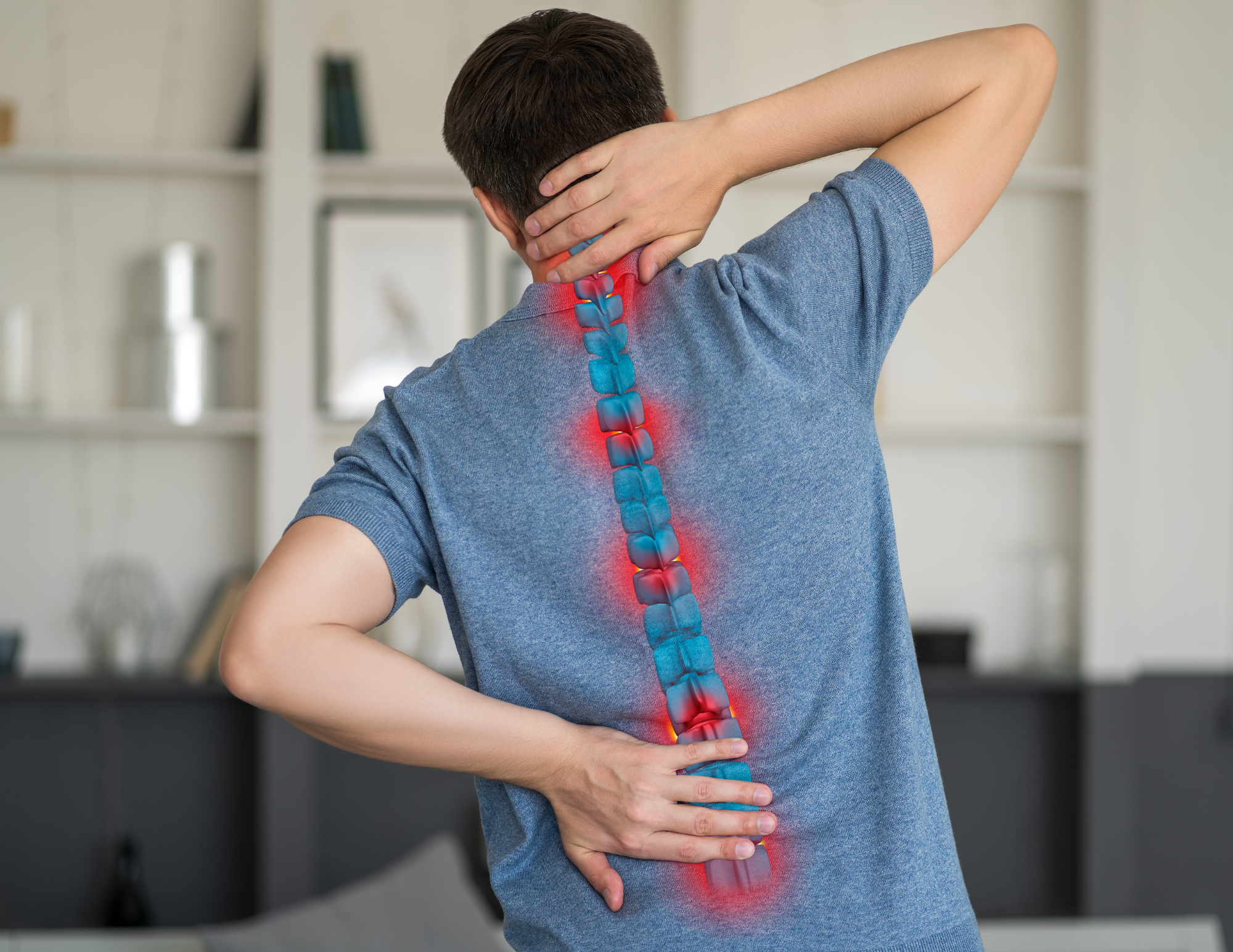
spondylolisthesis
Spondylolisthesis
Spinal decompression therapy can be highly beneficial for individuals with spondylolisthesis, a condition where one of the vertebrae slips out of place onto the vertebra below it. This non-invasive treatment involves gently stretching the spine, which can alleviate pressure on the affected vertebrae and surrounding nerves. By creating negative pressure within the discs, spinal decompression helps retract the displaced vertebra, relieving pain, reducing inflammation, and promoting healing of the spinal discs and soft tissues. This approach can also improve spinal alignment, enhance mobility, and prevent further slippage, offering significant relief and improved quality of life for patients with spondylolisthesis.
Levels of Spondylolisthesis: Spondylolisthesis is classified into different grades based on the degree of vertebral slippage. Grade I indicates a slippage of up to 25%, often causing mild symptoms or even remaining asymptomatic. Grade II involves slippage between 25% and 50%, which may result in moderate back pain, stiffness, and limited mobility. Grade III, where the slippage is between 50% and 75%, typically presents more severe symptoms, including nerve compression and significant pain. Grade IV, with a slippage of 75% to 100%, can lead to severe pain, neurological deficits, and a marked reduction in quality of life. In some cases, a Grade V, also known as spondyloptosis, occurs when the vertebra has completely fallen off the one below it, which often requires surgical intervention due to the significant risk of nerve damage and other complications.

spinal arthritis
Spinal Arthritis
Spinal decompression is an effective therapy for alleviating the symptoms of spinal arthritis by reducing pressure on the affected vertebrae and surrounding nerves. Arthritis in the spine often leads to the degeneration of intervertebral discs, resulting in pain, stiffness, and decreased mobility. Spinal decompression gently stretches the spine, creating negative pressure that allows bulging or herniated discs to retract, thereby relieving pressure on the spinal nerves. This process can improve circulation to the damaged areas, promoting the healing of inflamed tissues, reducing pain, and restoring mobility. Patients with spinal arthritis often experience significant relief from chronic pain and an improved range of motion after a series of decompression sessions, making it a valuable non-surgical option for managing this condition.
Spinal arthritis can vary in severity, typically categorized into mild, moderate, and severe levels. Mild spinal arthritis involves early-stage degeneration, where symptoms are often subtle and may include occasional stiffness and discomfort, especially after prolonged inactivity or strenuous activity. In this stage, the cartilage between the joints starts to wear down, but significant structural changes are minimal. Moderate spinal arthritis is characterized by more pronounced joint degeneration, where symptoms such as chronic pain, swelling, and decreased flexibility become more persistent. The joint space narrows, and bone spurs may begin to develop, contributing to nerve compression and increased discomfort. Severe spinal arthritis represents advanced joint damage, with significant cartilage loss and the formation of large bone spurs. At this stage, patients may experience debilitating pain, severe stiffness, and substantial loss of function, often requiring more intensive management strategies to maintain quality of life.
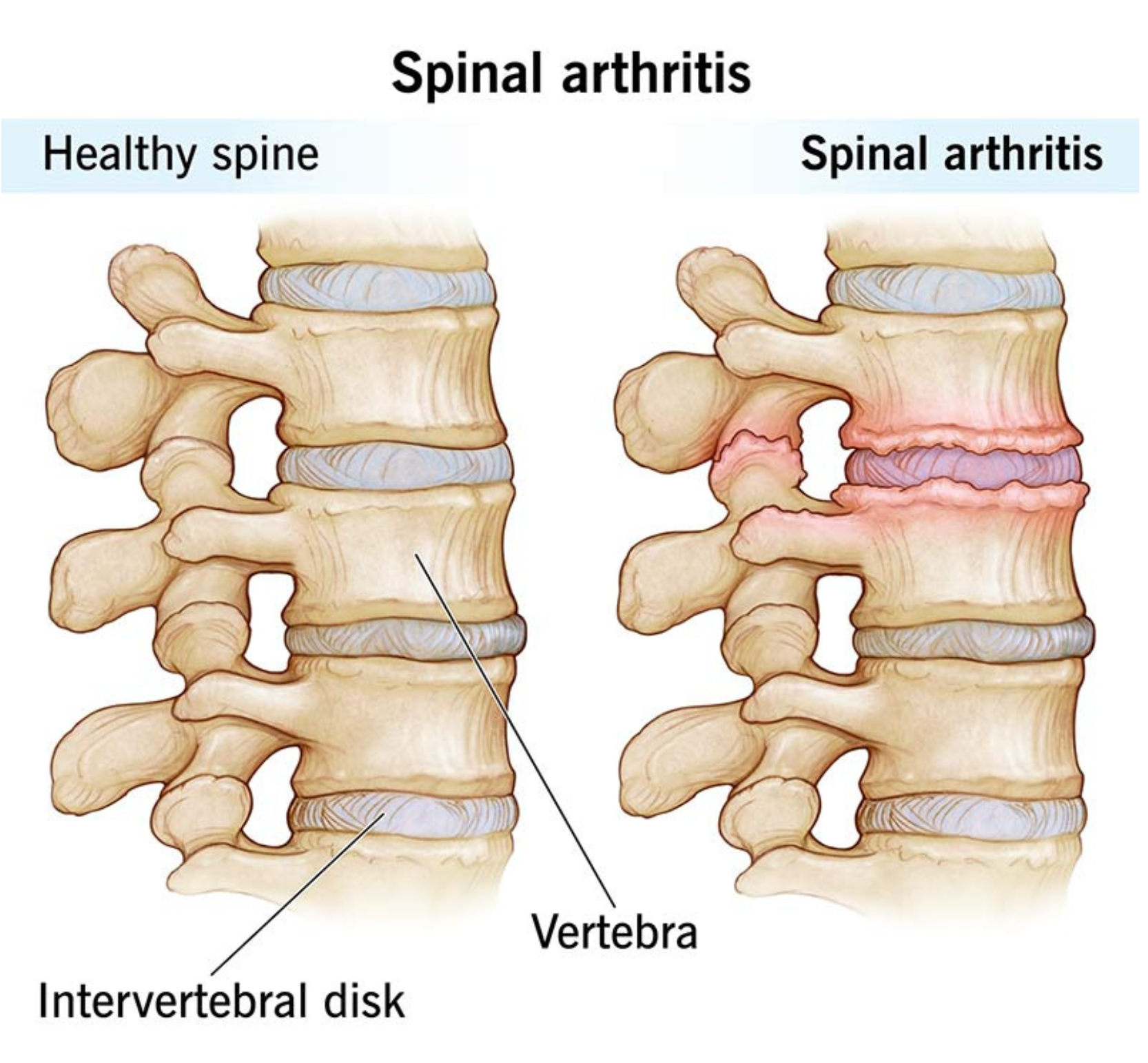
injuries to the spine
Injuries to the spine
Spinal decompression is a therapeutic technique designed to alleviate pressure on the spinal discs and nerves, promoting pain relief and facilitating the healing process for various spinal injuries. This method involves gently stretching the spine, which helps to increase the space between vertebrae, allowing bulging or herniated discs to retract and reduce pressure on surrounding nerves. Enhanced blood flow and nutrient exchange to the affected areas are also encouraged during decompression, supporting the repair of damaged tissues and improving overall spinal function. Both surgical and non-surgical forms of spinal decompression exist, with the appropriate approach determined by the severity and specific nature of the injury.
Spinal injuries encompass a wide range of conditions that can affect the vertebrae, discs, spinal cord, and surrounding tissues. Common types of spinal injuries include herniated discs, where the soft inner material of a disc protrudes through its outer layer, causing nerve irritation and pain. Spinal fractures, such as compression or burst fractures, occur when the vertebrae crack or break due to trauma or osteoporosis. Spinal cord injuries involve damage to the nerves within the spinal canal, potentially leading to loss of sensation and motor function below the level of injury. Other injuries include spinal stenosis, a narrowing of the spinal canal that puts pressure on the nerves, and spondylolisthesis, where one vertebra slips forward over the one below it. Each type of injury presents unique challenges and requires tailored treatment approaches to restore function and alleviate pain.
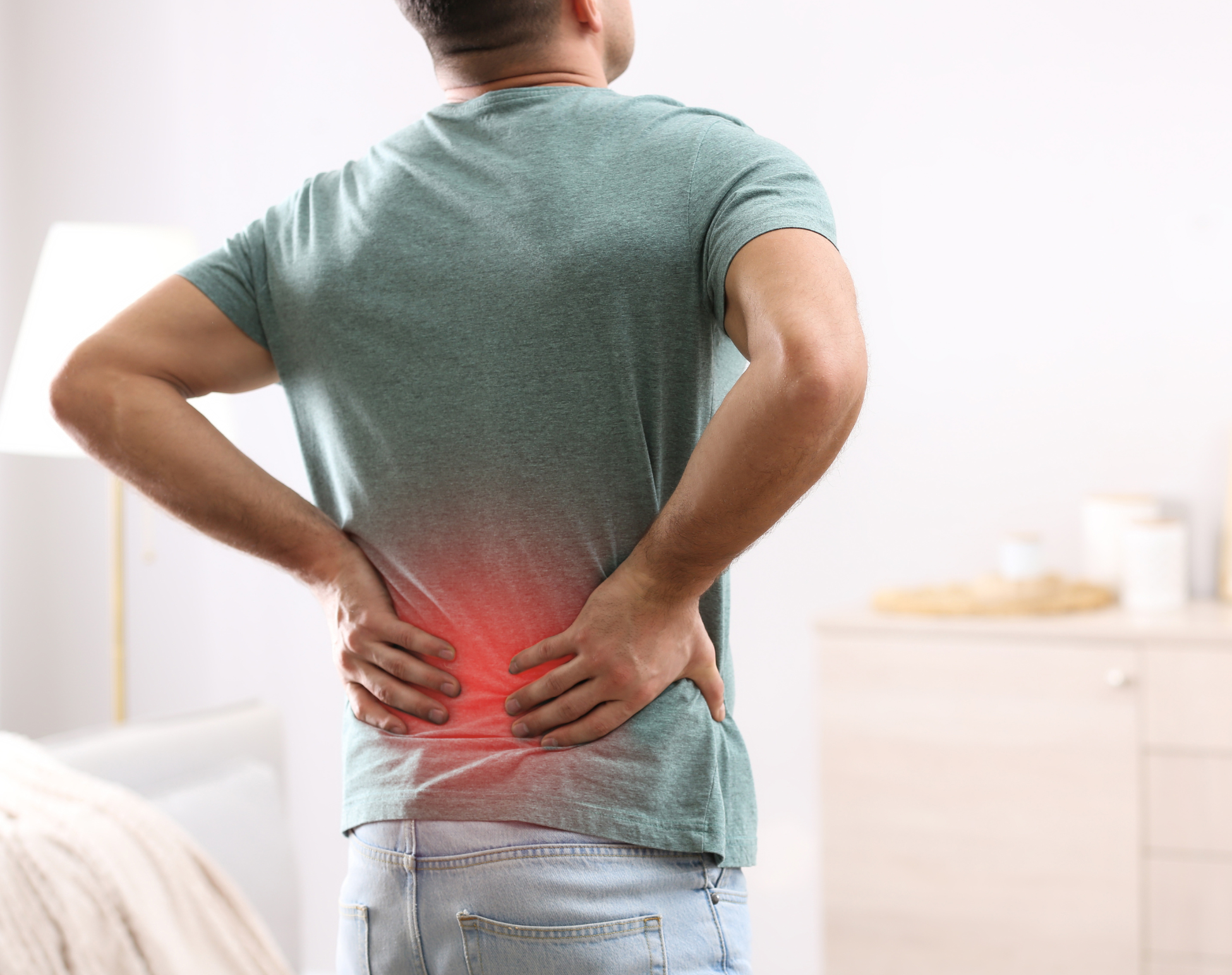
0%
of people seeing a chiropractor described it as “very effective"In a comparative-effectiveness trial,
0%
of medical care recipients0%
of chiropractic recipientsexperienced at least a 30% reduction in their pain. 4
Spinal Decompression Partners
decompression works best in collaboration.
chiropractic care
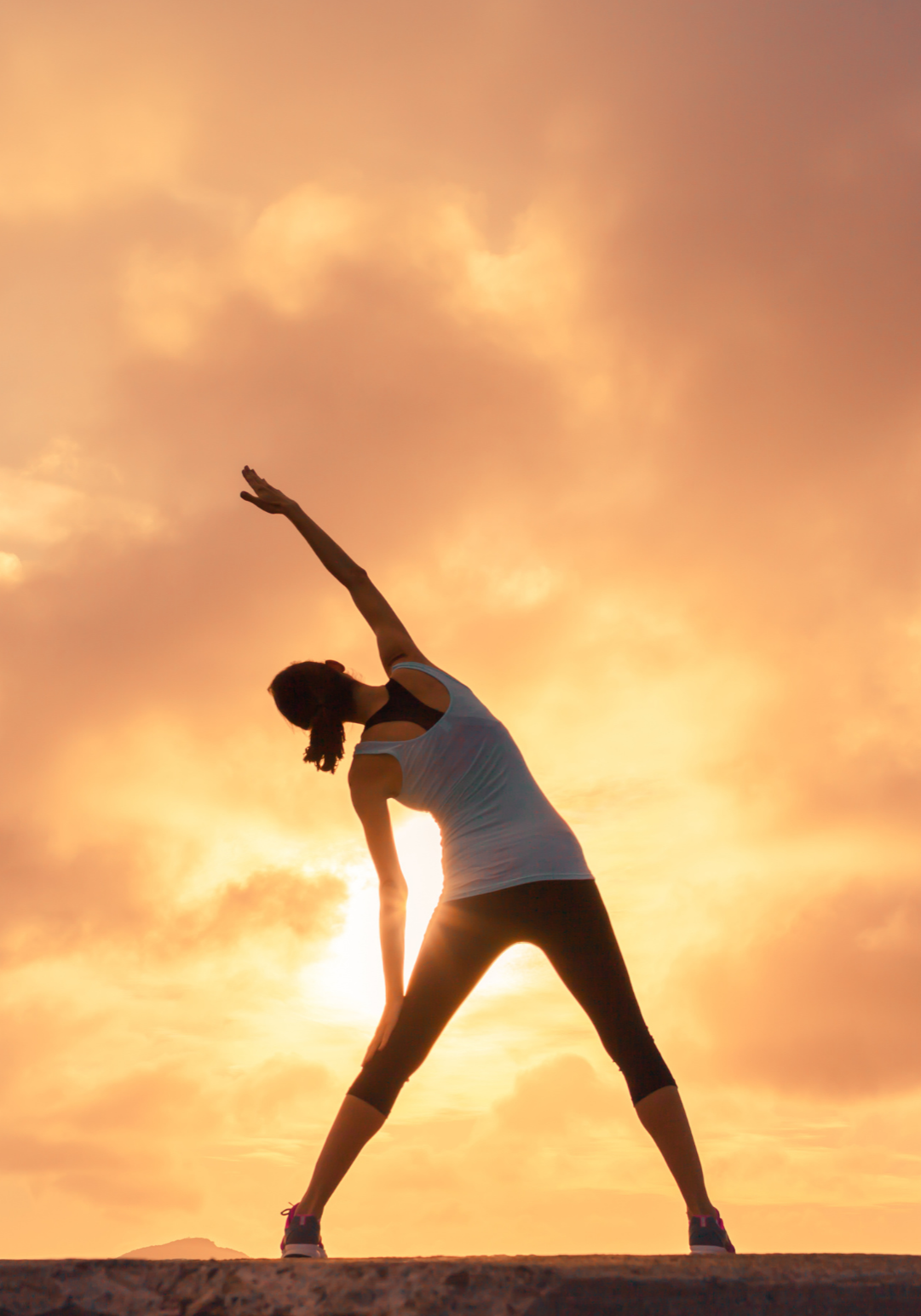
Decompression and Chiropractic
Spinal Decompression and Chiropractic Care work together seamlessly to provide a comprehensive approach to spinal health. Spinal Decompression gently stretches the spine, creating space between the vertebrae and reducing pressure on compressed discs and nerves. This process not only alleviates pain but also enhances the effectiveness of chiropractic adjustments by making it easier for the spine to return to its natural alignment. Chiropractic Care, in turn, complements Spinal Decompression by realigning the spine and ensuring that the nervous system functions optimally. Together, they create a powerful synergy—Spinal Decompression reduces the strain on the spine, while Chiropractic adjustments reinforce this relief by correcting misalignments and promoting long-term spinal health. This combined approach provides a more effective solution for pain relief, recovery, and overall well-being.
red light therapy
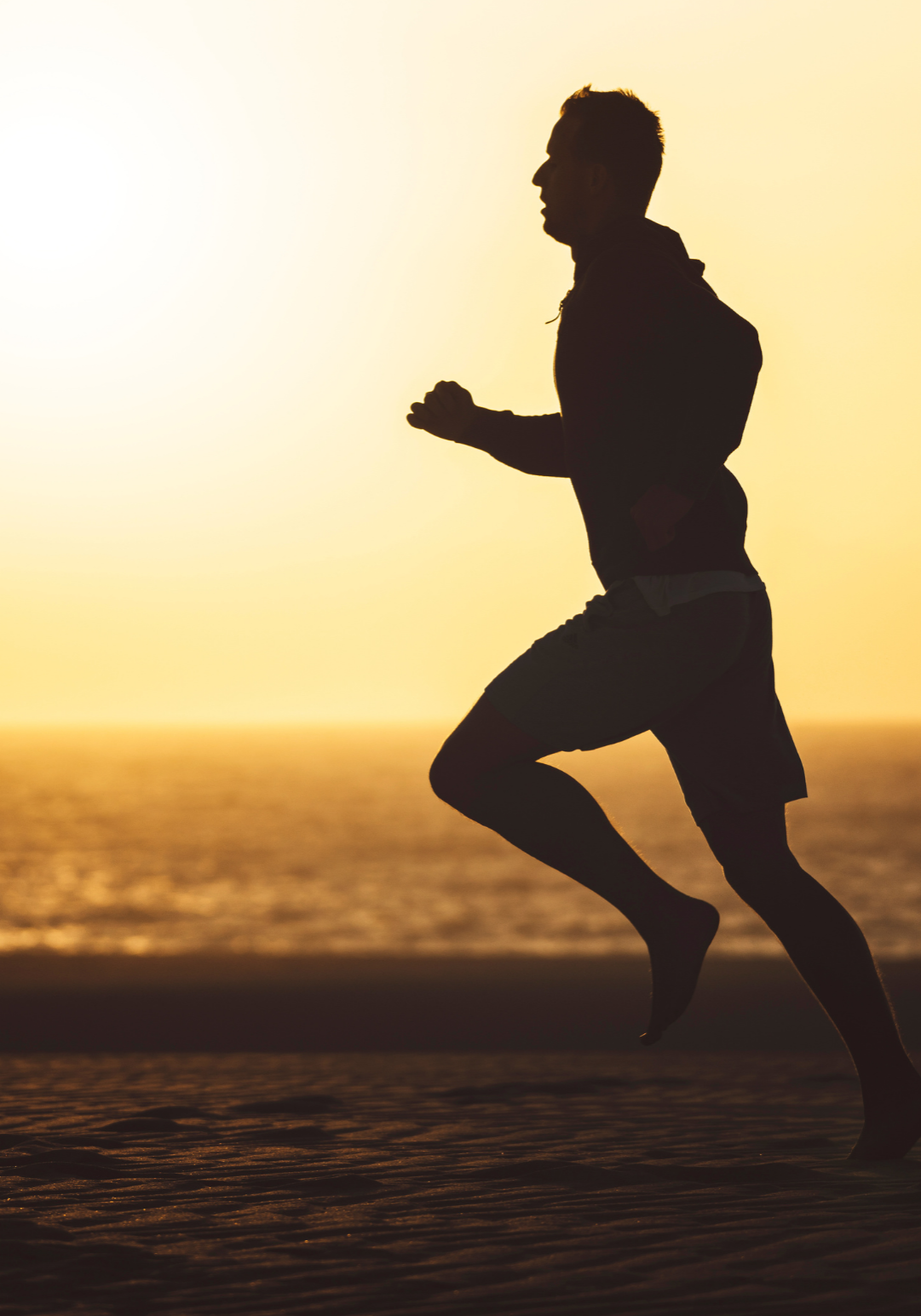
Decompression and Red Light
Spinal Decompression and red light therapy work together harmoniously to enhance spinal health and accelerate healing. Spinal Decompression gently stretches the spine, reducing pressure on discs and nerves, which alleviates pain and promotes better spinal alignment. Red Light Therapy complements this process by penetrating deep into the tissues with therapeutic wavelengths of light, stimulating cellular repair and reducing inflammation. The Decompression relieves physical stress on the spine, while Red Light Therapy enhances the body’s natural healing processes at the cellular level. Together, these therapies create a synergistic effect—Spinal Decompression addresses structural issues, and Red Light Therapy supports faster recovery and pain relief by promoting tissue regeneration and reducing inflammation. This integrated approach provides a powerful solution for patients seeking comprehensive spinal care and long-lasting results.
localized cryotherapy
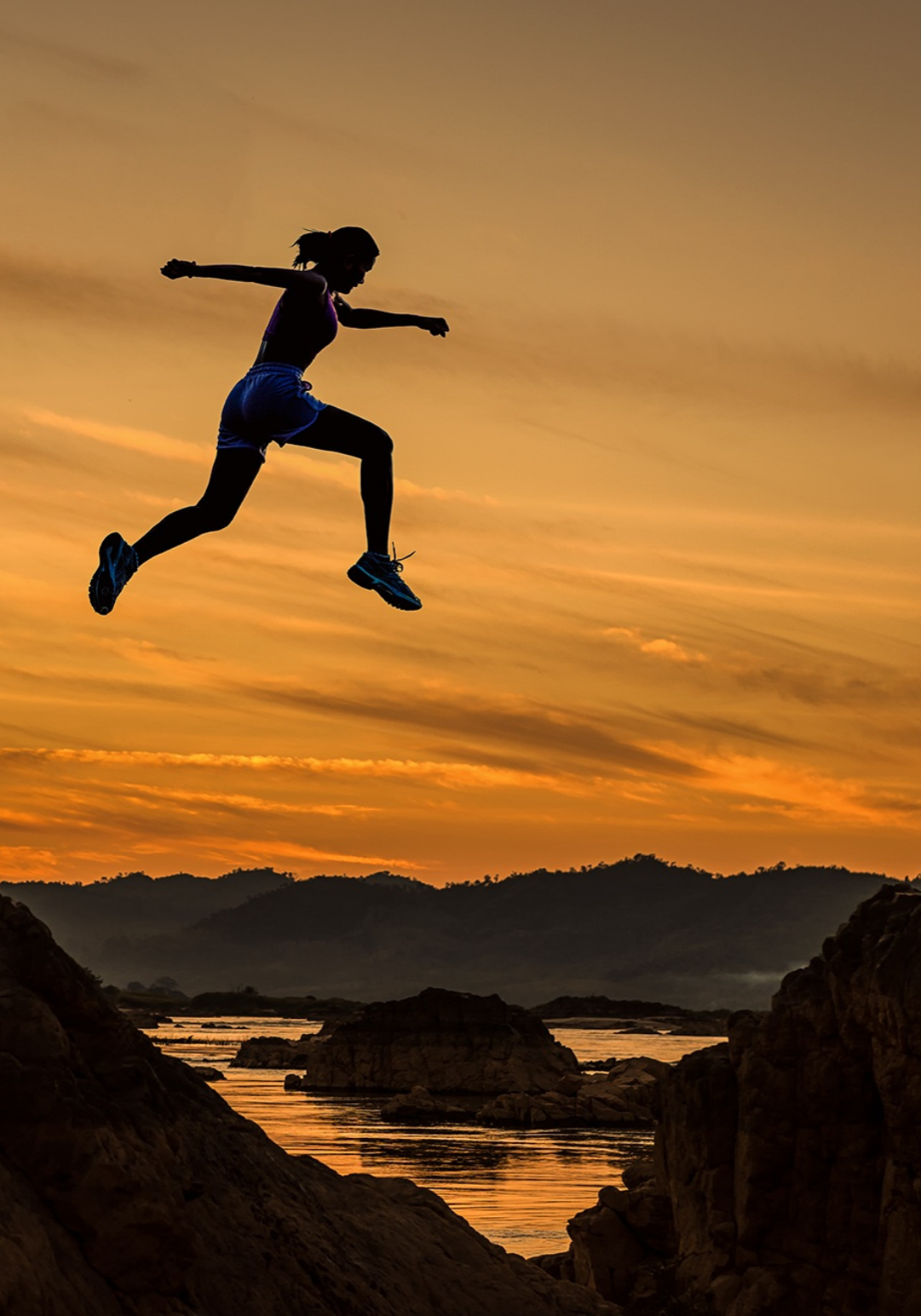
Decompression and Localized Cryo
Spinal Decompression and Localized Cryotherapy work together to provide a powerful approach to spinal health and pain management. Spinal Decompression gently stretches the spine, reducing pressure on compressed discs and nerves, which helps alleviate pain and restore proper alignment. Localized Cryotherapy complements this by targeting specific areas of inflammation and pain with cold therapy, which constricts blood vessels and reduces swelling. This cooling effect not only provides immediate pain relief but also accelerates the healing process by reducing inflammation and improving circulation when the area warms up again. Together, these therapies create a synergistic effect—Spinal Decompression addresses the underlying structural issues, while Localized Cryotherapy enhances recovery by managing inflammation and promoting faster healing. This combination offers a comprehensive solution for relieving pain, improving mobility, and supporting overall spinal health.
